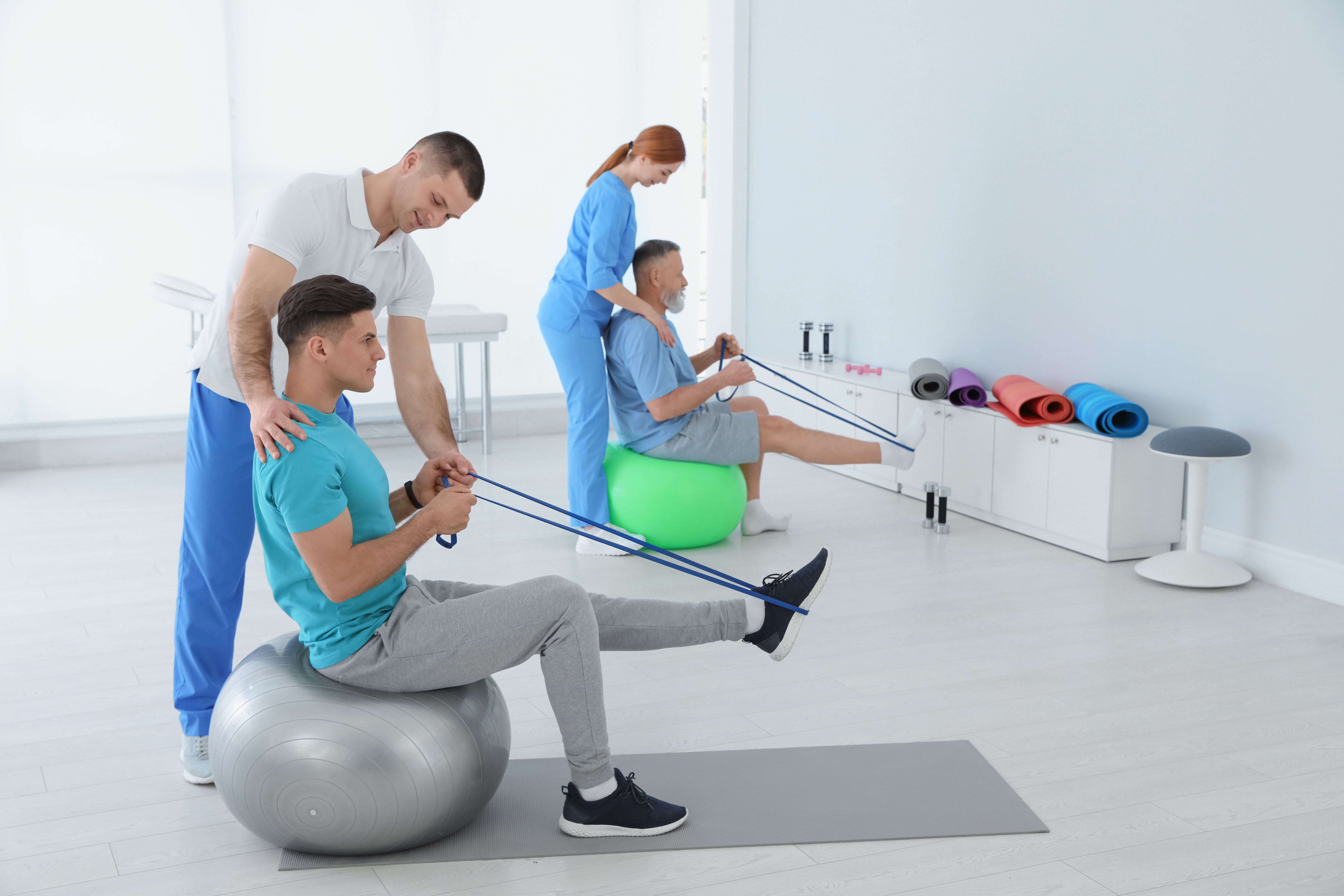Effective Methods to Reduce the Chance of Acute Traumas in Athletics Through Focused Preventive Strategies
Effective Methods to Reduce the Chance of Acute Traumas in Athletics Through Focused Preventive Strategies
Blog Article

Sudden traumas in athletics can occur unexpectedly and frequently lead to critical issues for players. These traumas can vary from twists and tears to fractures and concussions. To help prevent these traumas, it is essential to implement focused protective strategies. These strategies concentrate on awareness, proper training, equipment use, and overall well-being maintenance. By tackling these important areas, players can considerably reduce their risk of experiencing acute traumas while engaging in their beloved activities.
One effective approach to reducing the likelihood of injuries is through education. Players, trainers, and guardians should be informed about the common types of injuries associated with particular sports. Understanding the dynamics of these traumas allows all involved to recognize the signs and signals early. Informative workshops or seminars can assist teach athletes about proper techniques and the importance of preparing up before matches or training sessions. This understanding enables athletes to take responsibility for their well-being and motivates them to express any concerns about potential traumas.
Another crucial protective strategy is adequate preparation. Players should participate in a well-rounded training program that centers on building strength, flexibility, and endurance. Strength training helps build the muscles that support joints, reducing the likelihood of traumas. Flexibility routines, such as stretching, can improve the scope of motion and reduce the chance of muscle strains. Additionally, players should integrate sport-specific drills that mimic game situations, which can help them become more acquainted with the actions involved see this in their chosen sport. Trainers play a vital role in designing and implementing these training programs to ensure they are secure and effective.
The use of suitable gear is also vital in preventing acute traumas in athletics. Athletes should consistently wear the appropriate equipment for their particular sport, including helmets, pads, and proper footwear. For example, gridiron players need helmets to shield against head injuries, while football players require shin guards to protect their legs from impact. It is crucial that gear fits properly and is maintained regularly to guarantee it provides the intended protection. Trainers and parents should encourage players to take the time to select and wear the appropriate gear to reduce their risk of injury.
In addition to education, training, and gear, maintaining overall well-being is essential for injury avoidance. Players should prioritize adequate nutrition, hydration, and rest to keep their physical condition in top condition. A nutritious diet rich in vitamins and minerals helps support muscle recovery and overall athletic performance. Maintaining hydrated is also important, as dehydration can result to fatigue and increase the risk of traumas. Lastly, getting enough rest is crucial for recovery and maintaining focus during practices and matches. By promoting good well-being habits, athletes can enhance their effectiveness and reduce their risk of suffering from acute injuries.
In summary, minimizing the likelihood of acute traumas in athletics requires a comprehensive approach that includes education, proper training, appropriate equipment, and overall health maintenance. By focusing on these targeted preventive strategies, athletes can better protect themselves from the dangers of injuries. Coaches, parents, and athletes all have important roles to play in fostering a safe sports environment. By working together and prioritizing safety, the pleasure of athletics can persist without the disruption of serious injuries.